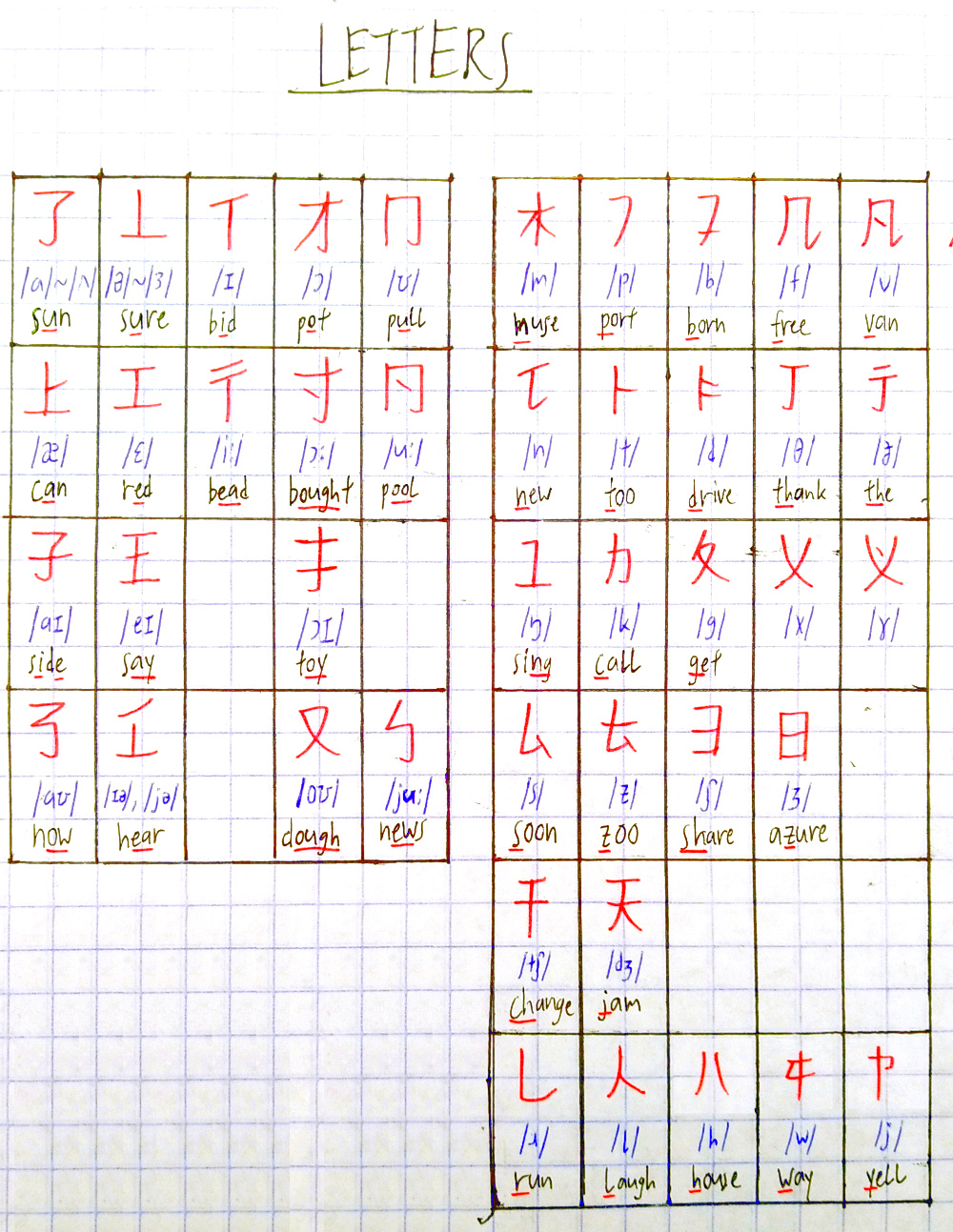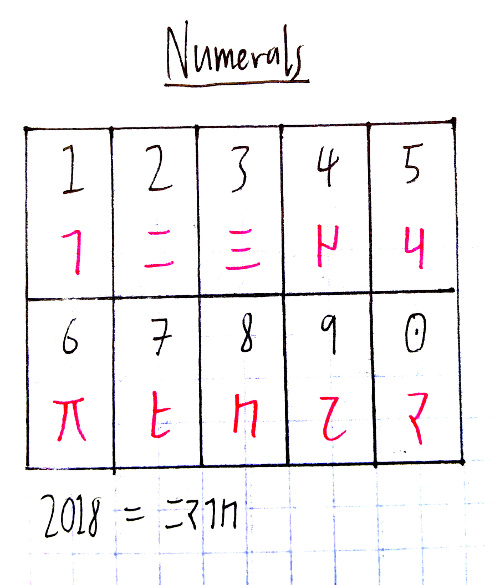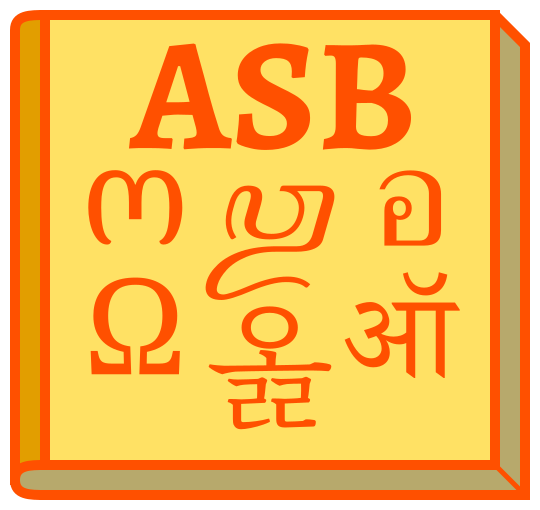NOTE: this is an obsolete version of Tongyang Script. Click here to check out the latest version.
What is Tongyang Script?

Tongyang Script is an alternate writing system for English which is inspired by the major writing systems of East Asia.
The word ‘Tongyang’ is the Chinese and Korean pronunciation of 東洋, a term that means ‘East Asia’, hence the name.
Although there are a few Hangul-inspired scripts for English out there, I noticed that none of them were designed to resemble the style of regular Chinese hanzi characters. Having always been fascinated by the look of katakana and hanzi, I decided I could do better and design a ‘Siniform’ script for phonetically writing English and possibly any other language. Tongyang Script was the end result, and am pretty glad with how it turned out in the end.
Letters are derived from a mix of katakana and selected portions of hanzi characters, and the way they are arranged is very similar to Hangul. Each letter is based on an existing pattern found in hanzi and katakana, written with the same basic stroke style, resulting in a highly uniform appearance similar to katakana and zhuyin.
As an Asian, I like to imagine this as a writing system for the East Asian diaspora, an artform by which one can express Asian identity.
Letters
These are the letters of Tongyang Script. Vowels are on the left, and consonants are on the right.
Note that there are a lot of them – unlike the traditional ABCs brought to you by the Romans, this is a highly phonetic script that accurately represents the pronunciation of words with minimal ambiguity.

Syllable structure
Each syllable is written within a single block. Syllable blocks are composed of consonant and vowel letters arranged in a specific way – consonants at the beginning of a syllable are positioned in the top left, vowels in the top right, and (if present) consonants at the end of a syllable are positioned at the bottom. If there is no consonant at the beginning of a syllable, write the placeholder letter ㅇ in its place.
If there are 2 or more consonants, they are written from left to right. Each syllable block is written in an imaginary square frame in a similar manner to hanzi.
If you’re familiar with Hangul, the syllable block structure of Tongyang should be very easy to pick up.

Alternate forms

Numerals
Tongyang Script has a set of numerals based on Chinese numerals.

Punctuation
Punctuation is just as in normal English, except that both commas and full stops are replaced with their Chinese equivalents.

Sample texts
Universal Declaration of Human Rights

Excerpt from a short story I wrote a while ago
For comparison, you can view the original one here.

Letter etymology
These tables show the etymological origins of each letter and numeral.



I love this! Quick question – how do you determine the allocation of consonants to syllable blocks? For most things it’s fairly straightforward, but you quickly run into what I’ve termed the “Anya problem” after a friend of mine: does “Anya” phoneticize as “A-nya” or “An-ya”? Is it a matter of personal preference (all spellings valid) or is there a rule?
LikeLike
Glad you liked it! To answer your question, I usually determine consonant placement based on the word’s syllable boundaries: ‘establish’ would be written as ‘es-ta-blish’, not ‘e-sta-blish’ or ‘es-tab-lish’, since that reflects how it’s pronounced. For other cases where pronunciation is uncertain (such as pronouns), split up the consonants evenly across the syllable blocks – ‘Anya’ would be written as ‘An-ya’.
LikeLike